Buying a SIM Card or eSIM in Liberia
Articles on this site contain affiliate links, meaning I may be compensated if you buy a product or service after clicking them. The full privacy & disclosure policy is here.For many, hearing the name Liberia brings one of three things to mind: the American Colonization Society’s largely quixotic attempt to repatriate freed slaves back to Africa in the early 1800s, the country’s brutal civil wars in the 1990s, or the devastating Ebola crisis in the 2010s.
Despite these negative associations, the West African nation of Liberia was once a relatively-thriving country. The Ducor Hotel in Monrovia, Liberia’s capital, was one of the first five-star hotels on the entire continent.
The country’s airport had the longest runway in Africa for many years, and Liberia’s international airport, managed by PanAm, was one of the primary African hubs.
At times, Liberia has even been among the fastest-growing economies in the world. Throw in roughly 350 miles of beautiful coastline, and it’s not hard to see why the Land of Liberty was so attractive for foreigners visiting the region.
Due to the civil wars and Ebola, the country has been struggling to get back on its feet, but it has been making headway in many areas nonetheless, including telecommunications.
In the last few years, SIM cards that once cost upwards of $50 have dropped to a dollar. If you don’t need a lot of data, travel eSIMs also let you get connected at a reasonable price, without the hassle of tracking down and installing a physical card.
Conveniently for international travelers, the US dollar is widely used in Liberia, and ATMs dispense both US dollars and Liberian dollars, colloquially referred to as “Liberty.” Prices in this article are listed in USD.
However you choose to stay connected in Liberia, here’s how to do it.
Companies
Before getting a SIM card, you’ll first need to decide which cell provider you prefer, but it’s not a big decision. There are only two options in Liberia, Orange and LoneStar, but fast and relatively high-quality data access can still be had in the country.
Lonestar
For most expats and travelers based largely in Monrovia, I recommend going with LoneStar. The company’s coverage is decent throughout Liberia and as you might expect, is especially strong in the capital. It’s easy to find Lonestar outlets where you can top-up all around the country.
Most expats won’t have broadband Internet at home, so ensuring you have enough data and good-enough speeds for video calling or tethering a laptop for work may be the most important consideration. For this reason, LoneStar is my recommended provider.
Orange
For those who often travel around Liberia and make frequent voice calls, I recommend Orange instead. Their network has the edge over LoneStar’s in terms of coverage, but not speeds. If you need at least some sort of service around the country, though, Orange will be the one to go for.
Whichever company you choose, keep in mind that if you’ll be making calls quite frequently to other local numbers, most bundles include far more “on-net” minutes than “off-net.” As a result, a dual-SIM phone can allow you to call anyone in Liberia virtually for free.
Need travel insurance for Liberia?
Need travel insurance for Liberia?
A common practice among locals is to either have a dual-SIM Techno brand phone or simply to have two cheap cell phones, one with a LoneStar SIM and another with an Orange SIM.
Both providers also have mobile money services, although you probably won’t need to use them if you are in Liberia as an expat or traveler. Locals and repatriates may find these tools more relevant to their needs.
Travel eSIM for Liberia
Liberia isn’t covered by travel eSIM companies as well as some other countries, but you still have options. Both aloSIM and Airalo offer service here, and while prices are higher than local SIMs, they’re ok if you only need a bit of data for a few days or weeks.
If you’re new to eSIMs, they offer big benefits to travelers in terms of how quickly, easily, and (often) cheaply you can get connected when you arrive in a new country. Most recent phones support them.
Of the two, aloSIM has the better pricing, so that’s the one I’d go for. I’ve used the company elsewhere in the world and haven’t had any problems with speed or service, so I’d be happy using it in Liberia as well.
Note, though, that it’s data-only: you don’t get a local number. That can be a problem in a country like Liberia where data service is patchy and many people call or text instead of using apps.
There are ways around this using Google Voice or similar for outbound calls, but if you expect to be getting calls from local numbers, you’re better off with a SIM card.
There’s a pricing table below that I update every week, with details of all of the plans from the companies I recommend.
How to Buy a Prepaid SIM Card in Liberia
The official and best way to purchase a SIM card is at an official Orange or LoneStar store.
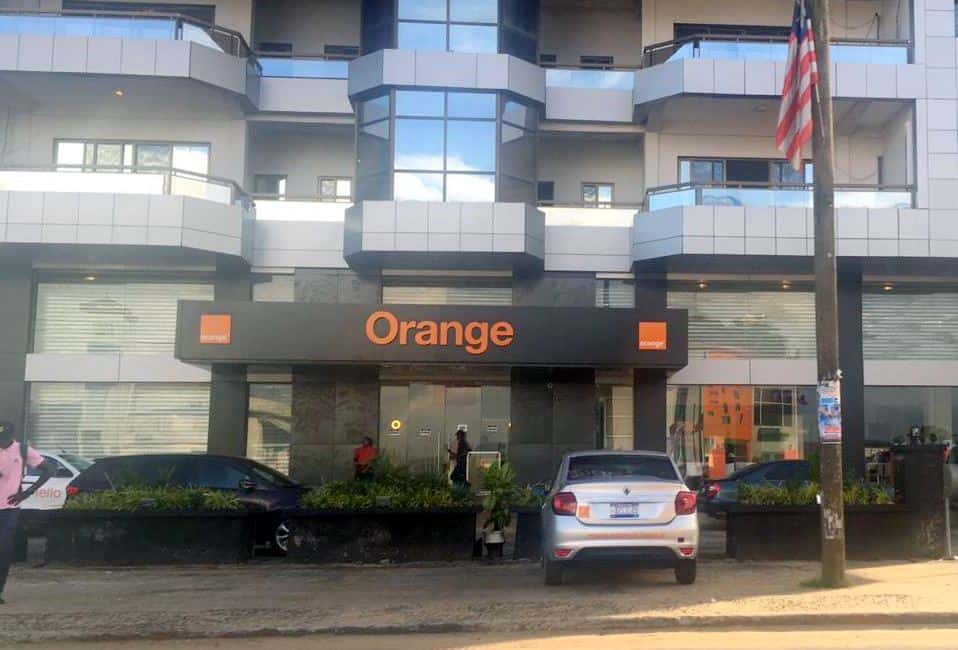
To do this, you’ll need to bring a form of identification (i.e., your passport) to register the SIM in your name. Unofficially you can purchase pre-registered SIM cards on the street, but this isn’t ideal, since such cards risk deactivation.
In addition, you can simply get a SIM card when you arrive in Liberia. The country has only one international airport, the Roberts International Airport near the town of Harbel. Depending on traffic and weather conditions, it’s about an hour out of Monrovia.
Immediately upon exiting the terminal, you can find both LoneStar and Orange booths. Simply present your passport and you’ll get a free SIM card. If you don’t purchase your SIM at the airport, you will have to pay a dollar for it elsewhere.
Once you have your SIM card and are registered with the provider, you then just buy scratch cards from the booths. Enter the codes from the cards into your phone to activate the package you’re after.
Prepaid SIM and eSIM Costs
Bundle options with Lonestar have changed somewhat recently: in the past you could get a useful package that included plenty of data, calls, and texts, but now there are only data bundles unless you’re using mobile money to pay.
Prices are ok but not as cheap as you’ll find elsewhere in the region: you’ll pay $10 for 3.3GB of data valid for a month, for instance, or $30 for 12GB. You’ll also want to add a bit extra for calls and SMS, which cost 5c for domestic calls and 1-5c per text.
International calling add-ons are also available, typically in the form of a few minutes per day to a given destination for a dollar or two. If your data speeds are reasonable, though, you’re probably better off with a Google Voice number.
This lets you make and receive unlimited calls to the U.S. and Canada free of charge, and call most other destinations for a few cents a minute, among other handy features.
If you decide to go with Orange, check out the MyWay Flex $29 bundle. This provides fully-flexible usage of data, plus domestic and international calls and texts. You’ll get up to 10GB of data per month, although the more calls and texts you use, the more that limit drops.
aloSIM
As I mentioned earlier, aloSIM’s eSIM pricing isn’t too bad if you only need a bit of data, or your phone can’t take physical SIMs. There aren’t many package options to choose from (below), so you don’t need to spend much time deciding!
For the sake of comparison, I’ve also included Airalo’s prices in the table below. They’re often noticeably more expensive for the same amount of data, so there’s no real reason to go with them, but the option’s there if you want it.
Details for both companies were last updated on April 22, 2024.
Topping Up
Lonestar
The best way to top-up is by buying scratch cards from street vendors. You can readily find these vendors on the side of the road throughout the country, or at least in the parts where cell signal is available.
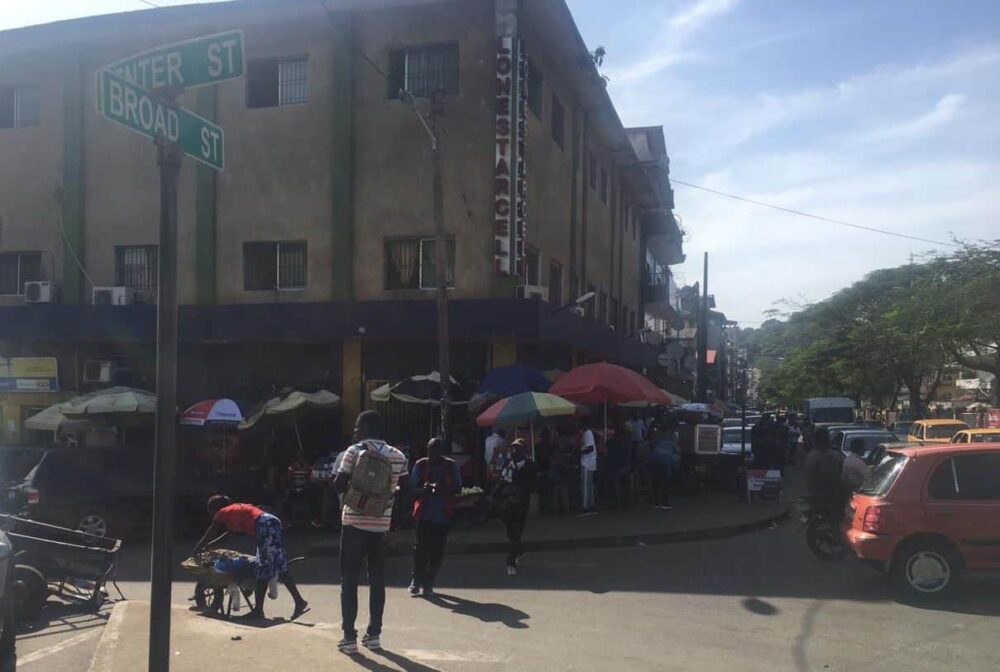
If you have trouble finding one, just ask any local. Liberians are generally very kind people and will help you out with this if you struggle, although you shouldn’t have much trouble locating a street vendor on your own.
Once you have the scratch cards, turn off your cellular data temporarily. This will prevent your phone from draining any of the data as you add credit to get up to the amount required for the package you intend to buy.
Finally, just dial *352# and follow the instructions to buy the package of your choice.

aloSIM
Topping up with aloSIM (or any of the other travel eSIM companies) is done by logging into the website or app. You just select your Liberia eSIM, hit the top-up button, and buy the same package again.
The top-up packs have exactly the same pricing and duration as the original eSIMs: there’s little difference between topping up your current eSIM and buying a new one, other than not having to activate it.
Coverage and Data Speeds
While data speeds on Lonestar’s network are quite good, the same can’t be said of coverage. Travel outside Monrovia often means spotty signal, but you can still get decent service in the smaller cities.
In Robertsport, which is a popular weekend getaway destination, I had HSPA+ coverage with LoneStar. Likewise, in Gbanga, my connection was strong.
When traveling between cities, however, my connection was limited or non-existent. If you’re planning to stay in a rural area for any significant duration, plan ahead and be aware your internet connectivity may be very limited.
aloSIM also uses the Lonestar network, so expect the same amount (or lack) of coverage there as well.


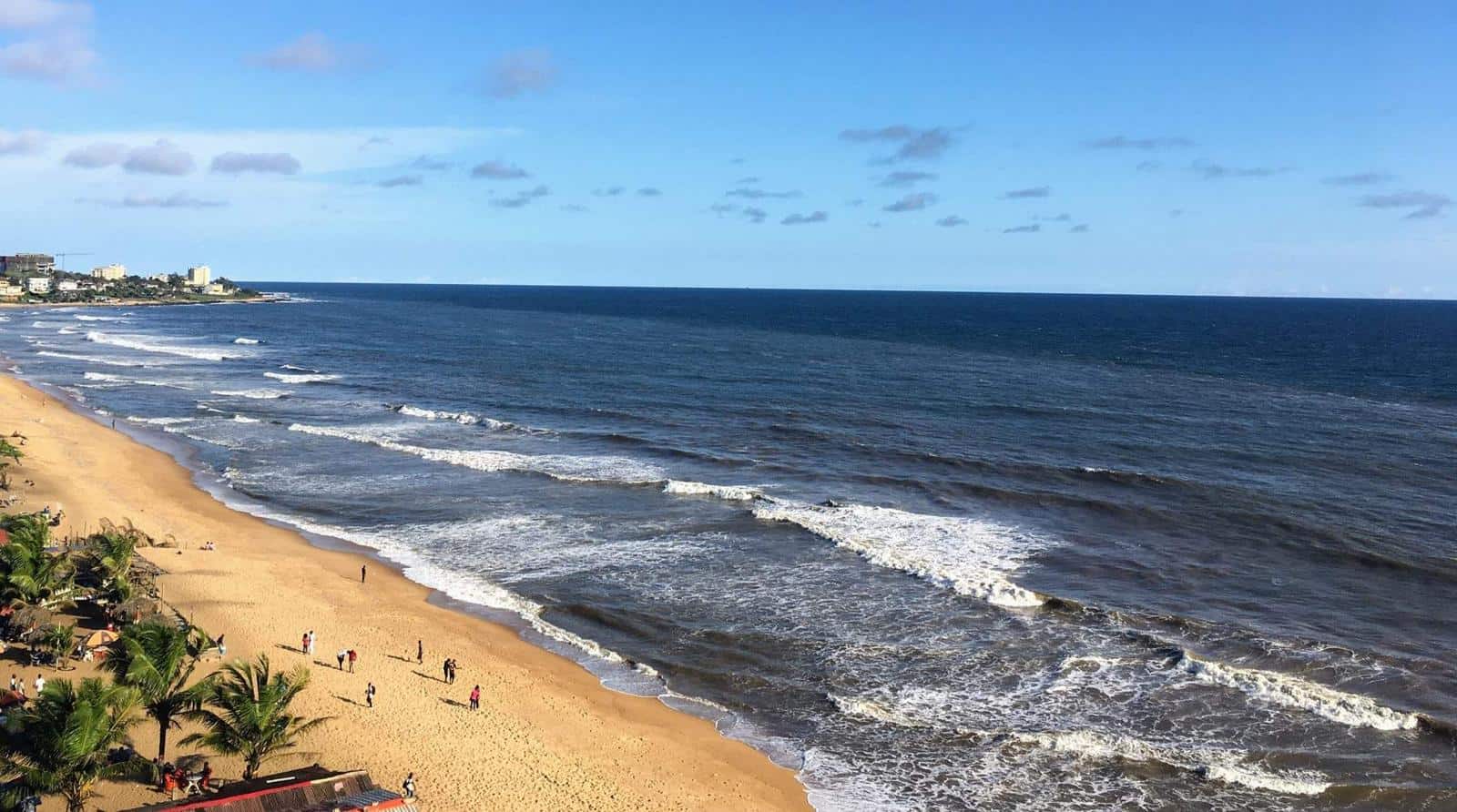
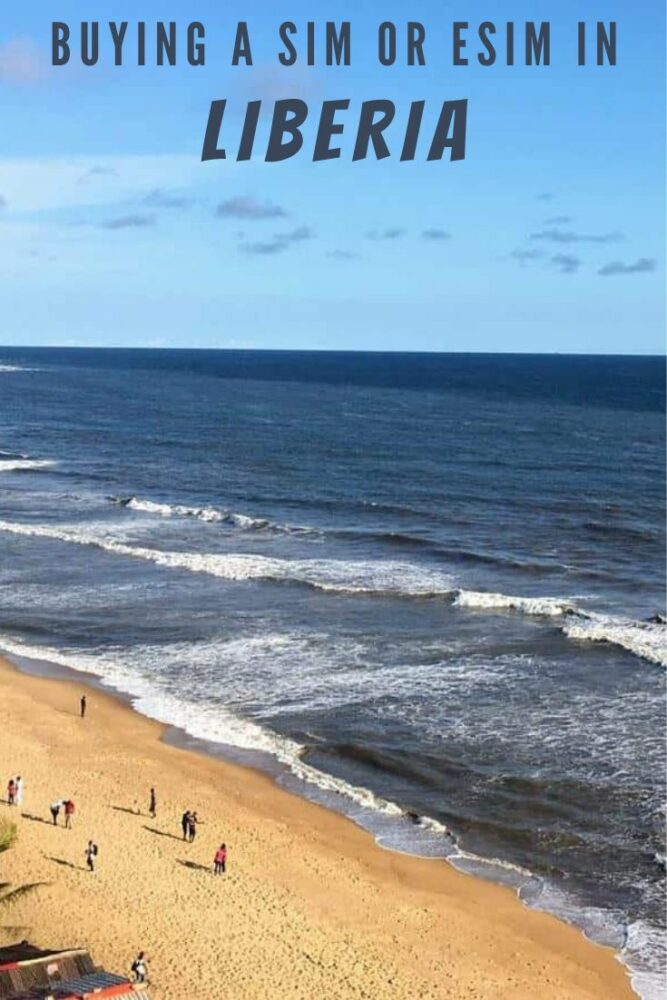

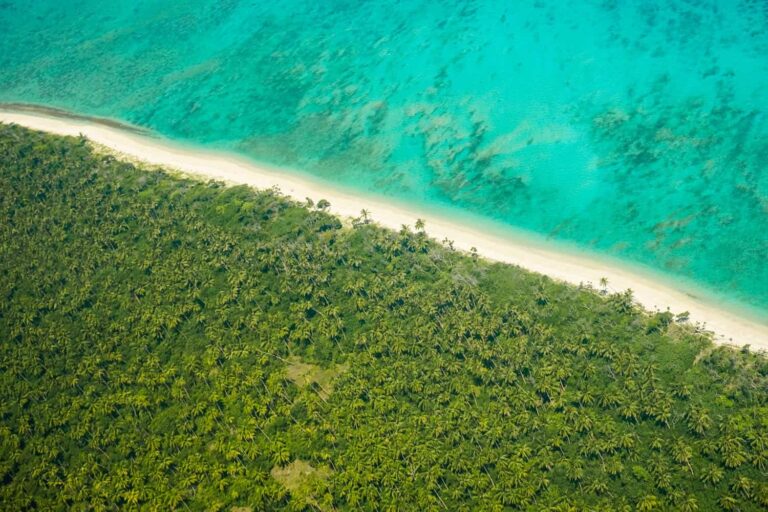

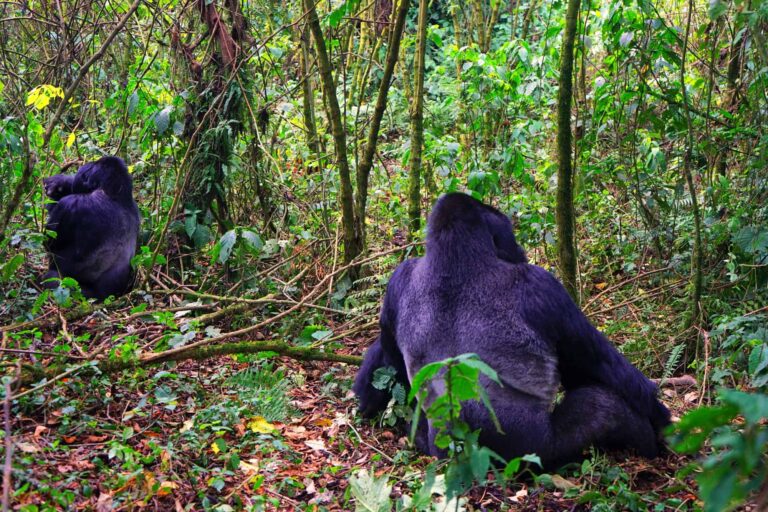

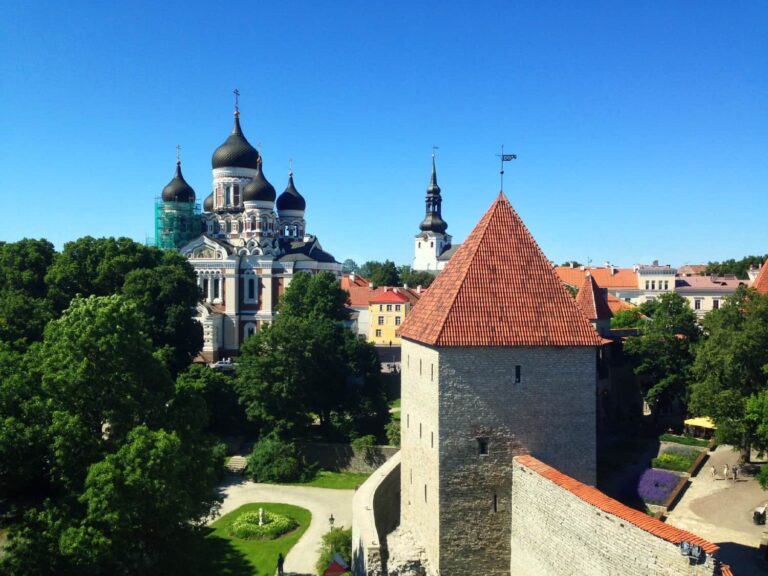
Thank you for posting this information as it is very helpful for me while ill be traveling there this coming May 2019.
Read this article from Harper, Maryland, Liberia. Thank you for sharing.